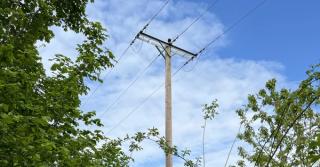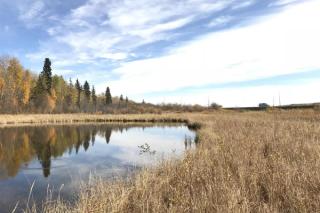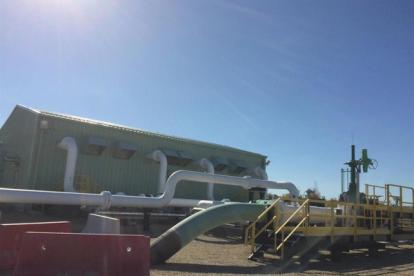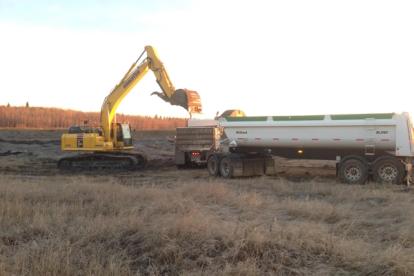
Discovered historical contamination? Here's our top five tips
- Post Date
- 22 May 2022
- Read Time
- 3 minutes

In this article, Nikki Hilker outlines her top tips for a harmonized, risk-based approach for active midstream facilities with plans for long term operation.
As a Senior Project Manager at SLR, many of the projects that I work on are portfolios of due diligence environmental monitoring programs for operational facilities. As part of this due diligence monitoring, historical contamination is often discovered. This contamination may be inaccessible below active infrastructure with long term plans for continued operation.

When historical contamination is discovered, there are two options; remediate or manage the risk. Here are five tips to help guide your decision for a harmonized risk-based approach:
1. Understand your site conditions. The first step is to understand the nature and extent of the contamination. This consists of identifying the source of contamination, selecting the appropriate regulatory framework and guidelines, delineating the plume in soil and groundwater, and assessing the hydrogeological conditions that may affect contaminant migration.
2. Assess the risk to receptors. This is part of the land use assessment and development of a conceptual site model. You need to determine what the site and surrounding land uses are, identify any sensitive environments such as water bodies, natural areas, or residential/parkland areas. Consider at this stage whether guideline adjustments could be applied with the elimination or modification of certain exposure pathways under a Tier 2 approach. Site specific risk assessment may also be recommended. Review the distance from the edge of the plume to the nearest human or ecological receptor and assess whether those receptors are protected. Whether this protection is through an ongoing monitoring program, demonstrated delineation and plume stability, or engineering controls in place, protecting receptors is the basis for all environmental regulatory guidelines and decision making on what needs to be done.
3. Determine the target closure timeline. Consider the planned timelines for site closure. Investing in source control or risk assessment to support long term risk management of a site may be advisable for a site with plans for long term operation. Whereas a site that is planned for closure within the near future may go straight to remediation.
4. Assess whether interim action may be taken to minimize long term costs. Factor in plume stability and accessibility to determine whether source control measures completed now may exponentially reduce future remediation costs. Mitigative measures now could mean a big difference in the future.
5. Develop a Risk Management Plan or Remedial Action Plan. Once steps 1 through 4 have been reviewed, you are able to select whether to proceed to a Risk Management Plan (RMP) or Remedial Action Plan (RAP) to address the site impacts. Just keep in mind that a RMP still needs to consider the goals for site closure and the RAP still needs to consider how to manage risks to receptors during the remediation program execution.
Our regulatory environment limits us to the development of either a RMP or a RAP. While these documents could be harmonized into one document, which would outline addressing contamination until closure targets are achieved.


